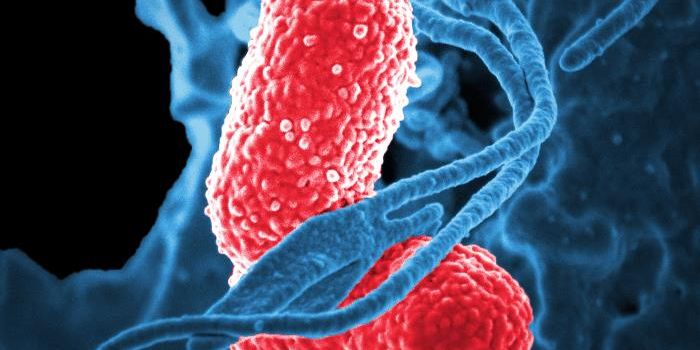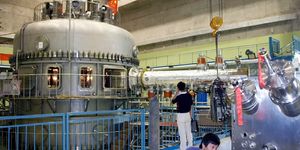A Migraine Associated Specific Mutation Increases Neuronal Excitability
Migraine, the third most common disease globally is a severe disabling pain that is often accompanied by nausea, vomiting and extreme light and sound sensitivity. Around one in seven people suffer from this debilitating pain, which can last anywhere between hours to days. This painful headache sure seems to be a headache that needs to be resolved.
Genetic mutations and environmental factors play a critical role in migraine onset. A study published earlier in 2018 on May 3 in the journal Neuron shows why some families are susceptible to migraines and how genetics may influence the type of a migraine they get. Approximately 44 genetic variants have been identified, that possibly relate to migraine. Researchers have carried out the most extensive genetic family study on migraines based on medical history and genetic data of 1,589 Finnish migraine families with more than 8,300 individuals. However, none of these variants are specifically related to the different migraine types.
Clinically, there are two types of migraine, 1. Migraine with aura(MA), where transient neurological disturbances precede migraine and 2) Migraine without aura (MO). The aura is hypothesized to be due to the activation and sensitization of trigeminal neurons (TG), which in turn release pro-inflammatory peptides that possibly initiate and transmit the pain.
Recent findings have identified a potential role of two-pore-domain potassium (K2P) channels in pain processing. One subtype of K2P channel expressed in sensory neurons, TRESK has been reported to play a role in MA in its truncated from TRESK-MT. TRESK-MT induces hyperexcitability in TG neurons. Another mutation of TRESK, TRSEK-C110R negatively effects migraine and is present in the control cohort as well.
The opposite effects on migraine by the TRESK mutations prompted the researchers at University Cote d’Azur, CNRS, Inserm, Institut de Biologie Valrose, Nice, France to investigate the exact role of TRESK in migraine. The study done in mice identified that TSERK-MT inhibits TREK1 and TREK2 channels, also related to K2P family, which in turn increase TG neuronal excitability and thus potentially cause migraines. Alternatively, TRESK-C110R does not regulate the TREK channels. These results, published in Neuron on December 17, 2018, open a new path for the development of anti-migraine medicines. A patent application has been filed*: the scope is targeting K2P2.1 channels to reduce the electrical activity of neurons and prevent migraines from being triggered.
Image Credit: Guillaume Sandoz, CNRS
The results also identified another secondary product MT2, by the alternative translation initiation in response to the TRESK mutation, which mediates the inhibition of TREK channels. Both TRESK and TREK channels are co-expressed by the sensory neurons, and this was confirmed through immunohistochemistry, single-cell RT-PCR and pharmacology in mice. TRESK interacts with TREK1/2 but not with the other subfamilies of K2P with such affinity. The heteromerization of the TRESK and TREK’s needs further research to understand the exact mechanics.
TRESK-MT induced inhibition of TREK1/2 reduces the lamotrigine-sensitive potassium ion current, and this activates the TG neurons. Knock out mice for both TREK1/2 showed an increase sensory neuron excitability that possibly induces migraine.
What is more, the researchers propose that this new genetical mechanism, causing the formation of two proteins instead of just one, has now to be considered for the study of other genetic diseases and for diagnosing them.
Watch the animation to understand migraine and genetic mutations.
* Patent PCT/EP2018/067581 “Methods and compositions for treating migraine.”
Sources: Neuron
-
APR 17, 2024Cannabis Sciences Virtual Event Series 2024
-
APR 30, 2024Immuno-Oncology Virtual Event Series 2024
-
MAY 07, 20243rd International Biosecurity Virtual Symposium
- See More


















































